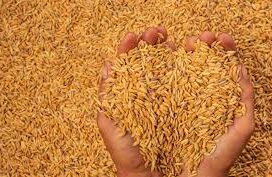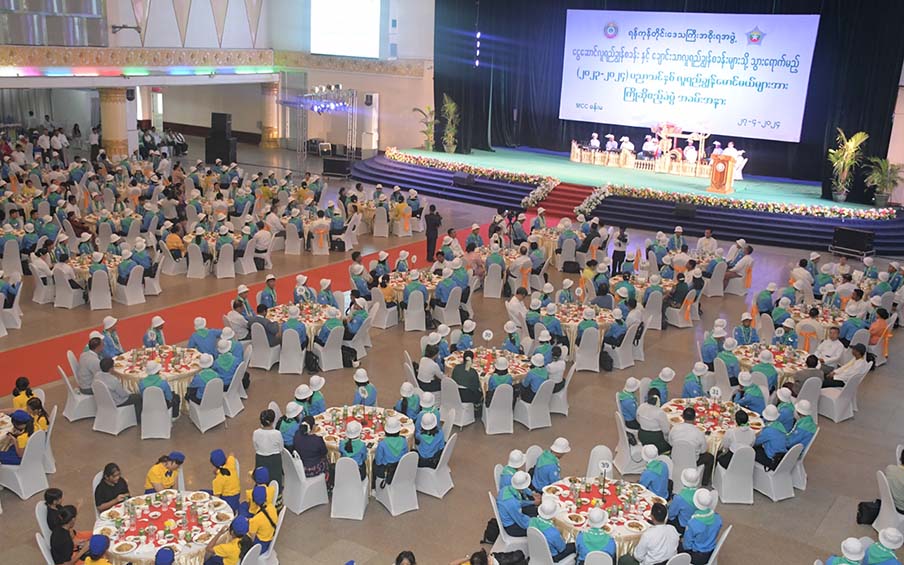Myanmar’s economy depends on agriculture and livestock. In order to boost exports of fish and seafood quality and preserve the fishery resource for sustainable utilization, a research based on pedigree and genetic improvement approach is promising to enhance Myanmar’s fishery sector, according to Myanmar Fisheries Federation.
Some regional countries showed a remarkable rise in income from the fishery exports. Myanmar has export prospects due to the abundant fishery resource. Genetic management to improve the production of native fish and shrimp and commercially valued fishery products are required. The success of the livestock sector will help increase the market shares of the fishery products among ASEAN countries. Viet Nam’s freshwater fish and shrimp farming businesses can produce about 120,000 fish per acre. Myanmar has a capacity to farm 80,000 fish (rohu, carp and seabass) per acre. An advanced fishing culture is required for the growth rate and environmental assessment.
Additionally, the Dubai market prefers eel and Lepidocephalichthys berdmorei (Burmese loach). However, research activities and genetic management for those species whose qualities are decreasing and those endangered fish species are to promote the sustainable economic growth of the country and the economic benefits for the breeders. Myanmar’s fishery products that EU countries eye is also needed to increase the quality for the future fishery prospects.
“Those stakeholders in the supply chain must identify the market opportunities and trends to effectuate the fishery sector development. Earlier, Saudi Arabia and Dubai buyers were not interested in the striped snakehead and Burmese loach. Now, they are into those species. The market of rohu, carp, sea bass and other freshwater and saltwater species have limited market access only.
Therefore, genetic research and analysis in line with advanced technology are required.
The breeders must choose the commercially valued species by following the trend. Freshwater shrimps were once famous. Now, those species are extinct. Genetic improvement is required as artificial breeding harms the quality after three to four years. International countries are maintaining genetic improvement. Fish and shrimp research centre is underway in Myanmar to disseminate the information to the breeders and implement the pedigree and genetic modification for the fishery sector development», said Dr Toe Nanda Tin, senior vice-president of the MFF.
The country is striving for livestock sector development, a critical economic sector, by shifting from traditional farms to advanced aquaculture systems. The effort is to keep abreast of the developments in the regional countries.
Thus, pedigree and genetic improvement research will help enhance the fishery sector. — Nyein Thu (MNA)/GNLM
Pedigree, genetic improvement approach to enhance production
- April 15, 2022
- 484















